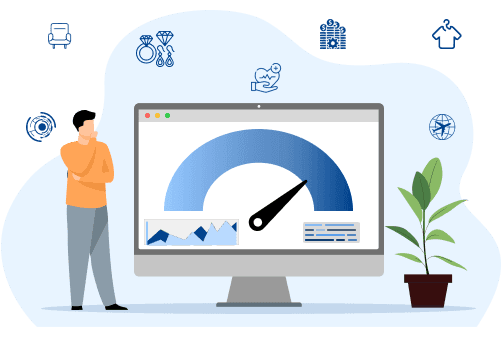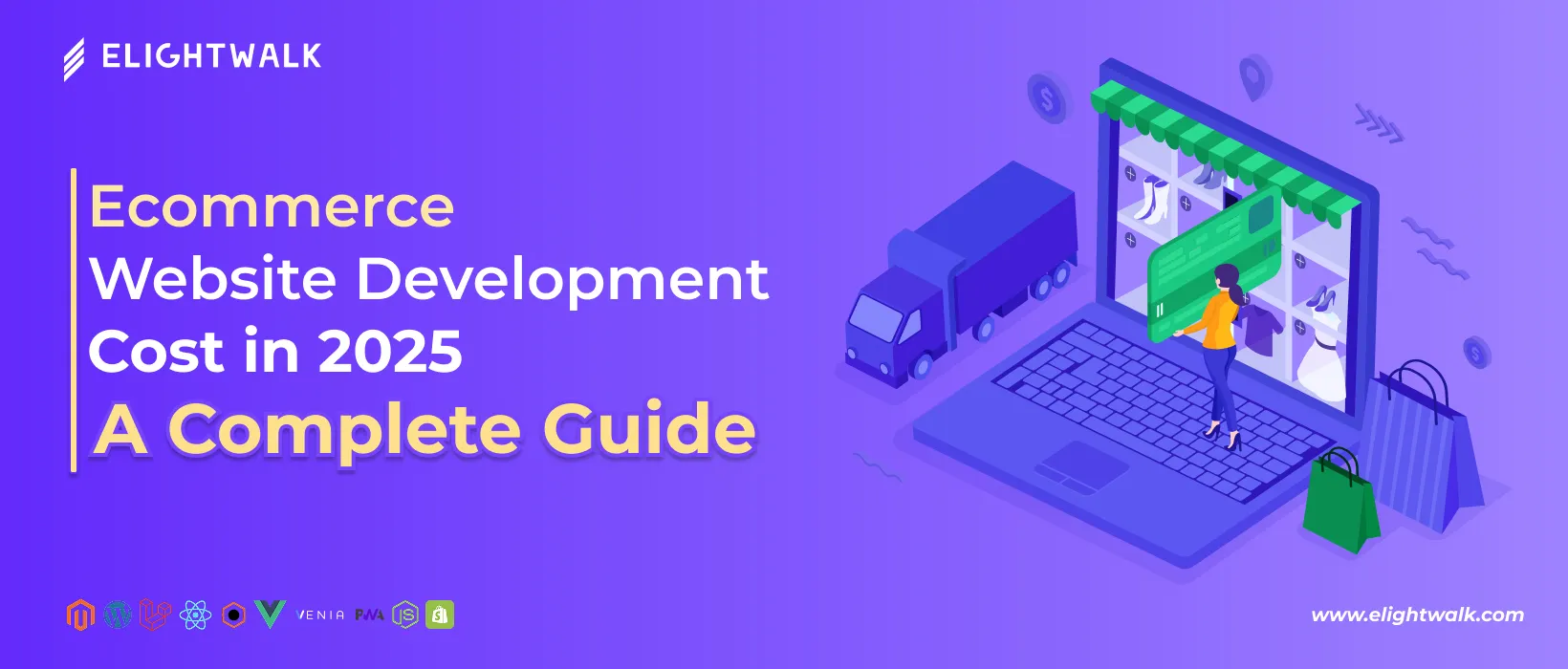The right platform you choose for your ecommerce website significantly impacts your store's performance, flexibility, scalability, and long-term success. Here's an overview of the most popular ecommerce platforms in 2025, including traditional solutions and modern headless options.
Shopify
Shopify has been one of the most successful ecommerce platforms for 19 years. It's perfect for small and big budget-friendly businesses looking to launch quickly without technical expertise. It offers many themes, built-in features, and a large app marketplace.
Ideal For: Small to mid-sized businesses, dropshippers, and anyone who wants a reliable, all-in-one hosted solution.
- Quick setup and ease of use
- Secure hosting included
- Large ecosystem of apps and themes
- Supports Shopify Plus for scaling brands
Estimated Cost:
- Basic Plan: $39/month
- Shopify Plan: $105/month
- Advanced Plan: $399/month
- Shopify Plus (Enterprise): Starts at $2,000/month
- Themes & Apps: $0–$300 one-time or monthly
WooCommerce
WooCommerce is a flexible, open-source plugin for WordPress that turns a website into a fully functional online store. It's great for those familiar with WordPress who want complete control over their site.
Ideal For: Blog-driven stores, content-heavy ecommerce sites, and businesses already using WordPress.
- Pros:
- Fully customizable
- Large plugin and developer community
- Seamless WordPress content integration
- Cons:
- Requires more hands-on store maintenance
- Hosting and security must be managed separately
Estimated Cost:
- Plugin: Free
- Hosting: $10–$100/month
- Premium Themes/Plugins: $50–$500 one-time or annually
- Security & Maintenance: $20–$100/month
Magento (Adobe Commerce)
Magento is a scalable ecommerce solution for advanced ecommerce stores. It is built for large-scale businesses with complex product catalogs and high traffic.
Features:
- Multi-store support options
- Advanced SEO, inventory, and order management
- Enterprise-grade security and scalability
Ideal For: Enterprises and businesses with complex ecommerce needs, extensive catalogs, or international operations.
Estimated Cost:
- Adobe Commerce License: Starts at ~$22,000/year
- Hosting: $500–$2,000/month
- Development & Customization: $10,000–$100,000+
- Maintenance & Support: $500–$5,000/month
BigCommerce
BigCommerce is a cloud-based platform for growing ecommerce brands. It offers built-in B2B features, multi-channel integrations, and fewer customization limitations than other SaaS platforms.
Ideal For: Mid-sized and B2B businesses looking to grow across various channels.
- Native integrations with Amazon, eBay, and Google Shopping
- API-driven flexibility
- Support for multiple currencies and tax rules
Estimated Cost:
- Standard Plan: $39/month
- Plus Plan: $105/month
- Pro Plan: $399/month
- Enterprise: Custom pricing
- Apps & Integrations: $20–$300/month
Wix eCommerce
Wix is known for its drag-and-drop builder and beginner-friendly tools. The ecommerce module is great for entrepreneurs and small shops just getting started.
Ideal For: Startups, side hustles, and local businesses with small catalogs.
- Easy to use with no coding required
- Great design templates
- Limited scalability and advanced ecommerce features
Estimated Cost:
- Business Basic Plan: $27/month
- Business Unlimited: $32/month
- Business VIP: $59/month
- Premium Apps: $5–$30/month
Squarespace Commerce
Squarespace is best for creatives and small businesses that value brand aesthetics. It's famous for its beautiful templates and polished user experience.
Ideal For: Artists, photographers, lifestyle brands, and service-based businesses with small catalogs.
- Gorgeous, professional-looking templates
- Easy store management
- Built-in blogging and portfolio tools
Estimated Cost:
- Business Plan (3% transaction fee): $33/month
- Commerce Basic: $36/month
- Commerce Advanced: $65/month
- Add-ons: $5–$40/month
Headless Ecommerce Development
Headless ecommerce separates the frontend (e.g., React, Vue, Next.js) from the backend, allowing for maximum flexibility, speed, and control. It's perfect for businesses wanting a custom tech stack and seamless integrations.
Ideal For: Tech-savvy teams, scaling DTC brands, and enterprises with unique frontend needs.
- Ultra-fast site speed
- Personalized, dynamic UX
- Modern tool integration
Estimated Cost:
- Frontend Frameworks: Free (open-source)
- Backend APIs (CMS, Cart, Payments): Varies
- Initial Development: $30,000–$150,000+
- Ongoing Maintenance: $500–$5,000/month
Summary Comparison Table
| Platform |
Monthly Cost |
Ideal For |
Key Advantage |
| Shopify |
$39 |
SMBs, dropshipping |
All-in-one simplicity |
| WooCommerce |
$10 (hosting) |
Content-rich, WP stores |
Full customization |
| Magento |
$1,800+ |
Enterprises |
Enterprise performance |
| BigCommerce |
$39 |
B2B & multichannel |
Built-in omnichannel |
| Wix |
$27 |
Small/local stores |
Ease of use |
| Squarespace |
$33 |
Creatives, freelancers |
Design-focused |
| Headless |
$2,500+ |
Fast-scaling DTC brands |
Speed & flexibility |



